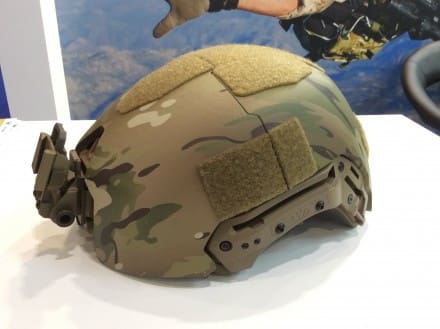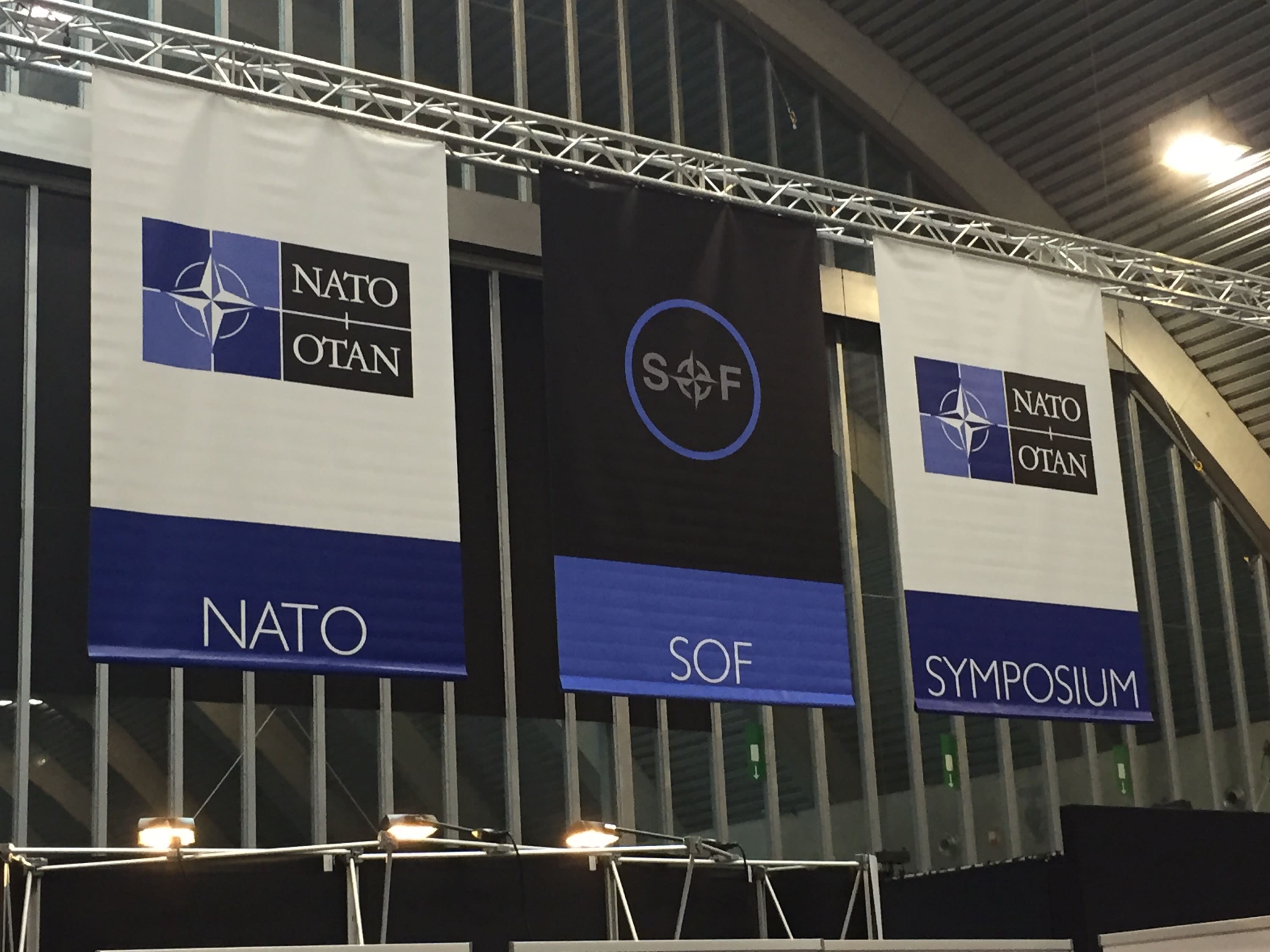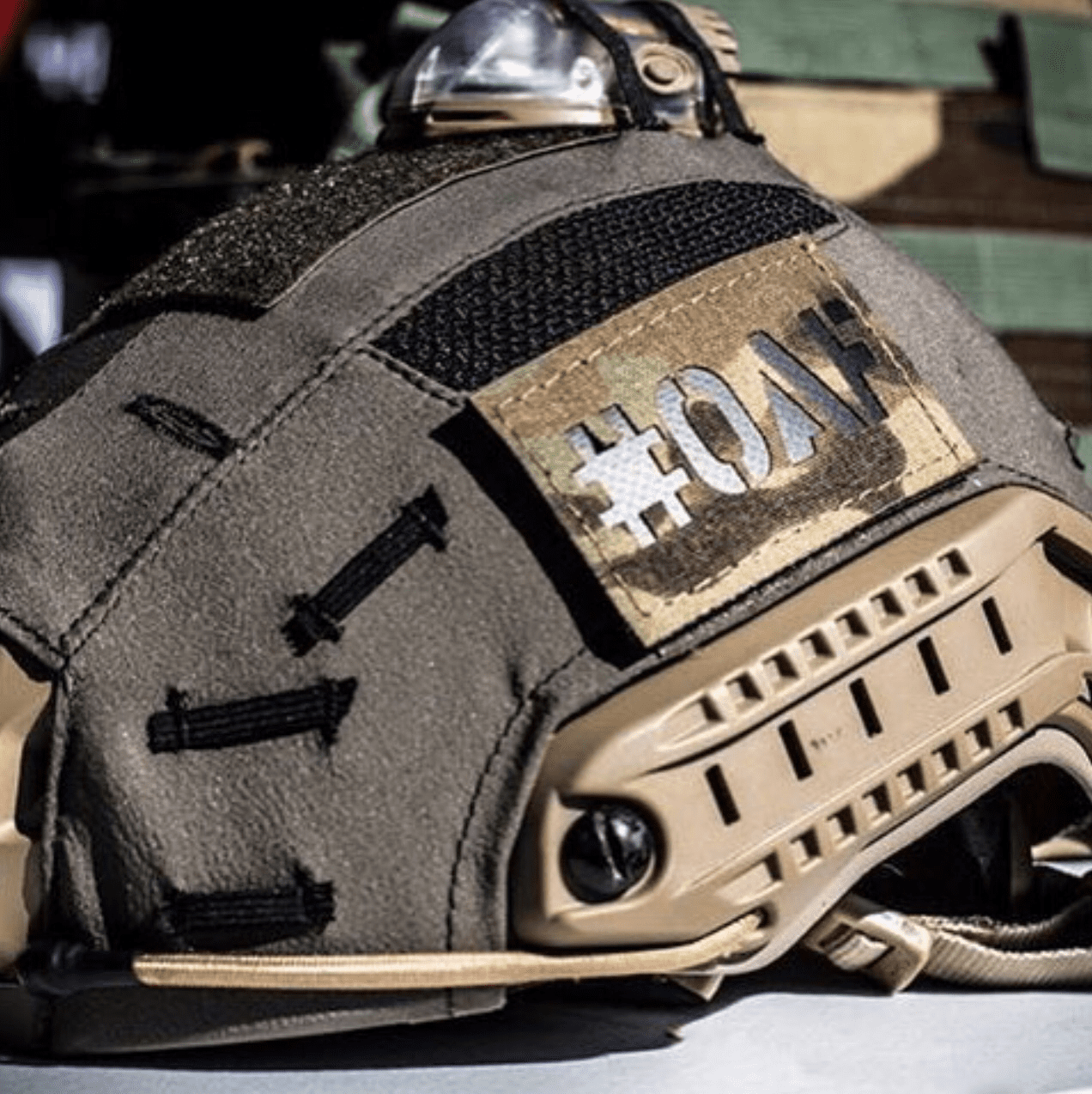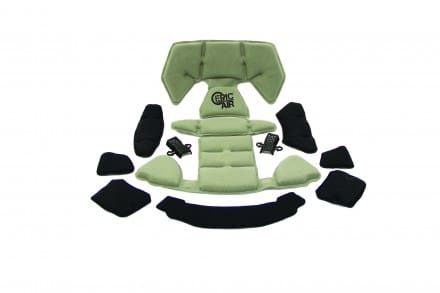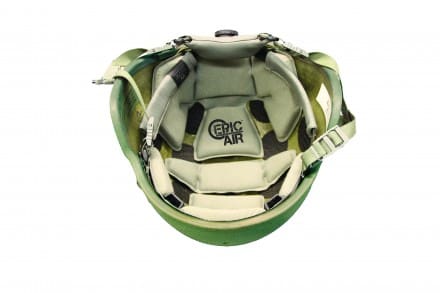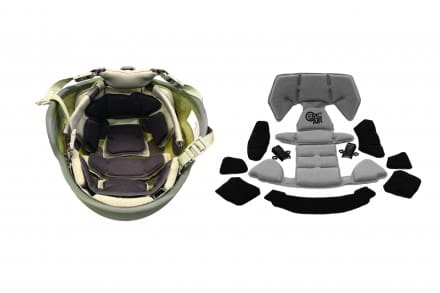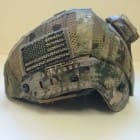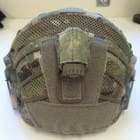3M Company has made an announcement regarding the approval of D3O as a certified vendor for the supply of their TRUST 10ft/sec Helmet Pad System into the 3M Combat Helmet Product Line. The full release can be read below:
3M Company, the manufacturer of PELTOR Branded Products, has the following product update for the 3M COMBAT HELMET PRODUCT.
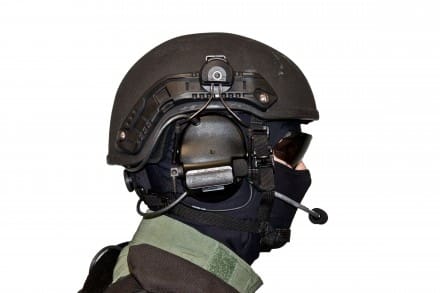
As part of 3M’s continuous product improvements, 3M has approved D3O as a certified vendor for the supply of their TRUST 10ft/sec Helmet Pad System for immediate implementation into the 3M Combat Helmet Product Line for Law Enforcement (which was part of the MaxPro Armor line, acquired during the 3M acquisition of Ceradyne).
The 3M Combat Helmet, in combination with the D3O TRUST pads/configuration, has been tested and evaluated for blunt impact protection: in accordance w/ ECH Helmet Standard: GL-PD-09-04. The results show that less than 150 Gs Force are transmitted to the head at the specified locations and under the specified environmental conditions. This result meets the performance criteria set forth in the standard.
With this new performance, the 3M Combat Helmet sets itself apart from competition by providing an affordable helmet with 3 Levels of Protection: Blunt Impact (as stated above), Ballistic in accordance with NIJ Level IIIA (NIJ 0101.06) and Ballistic Fragmentation, tested in accordance w/ MIL-STD-662 and STANAG 2920. This make the 3M Combat Helmet a great choice a great choice for Law Enforcement Agencies looking for a Helmet to fulfill a multi-purpose role from active shooter to riot/crowd control.
In support of our “system approach” to our Helmet/Hearing protection solution, 3M has completed Noise Reduction Rating (NRR) testing for the 3M COMBAT Helmet w/ the 3M PELTOR COMTAC ARC Configuration headset. In accordance with ANSI S3.19-1974, the system has an NRR of 22db. This testing (in correlation with product testing to ANSI S12.42-2010) demonstrates that the headset and helmet – as a system – is a rated hearing protector that protects an operator from hazardous sounds associated with weapons fire.
www.3M.com/tacticalppe


